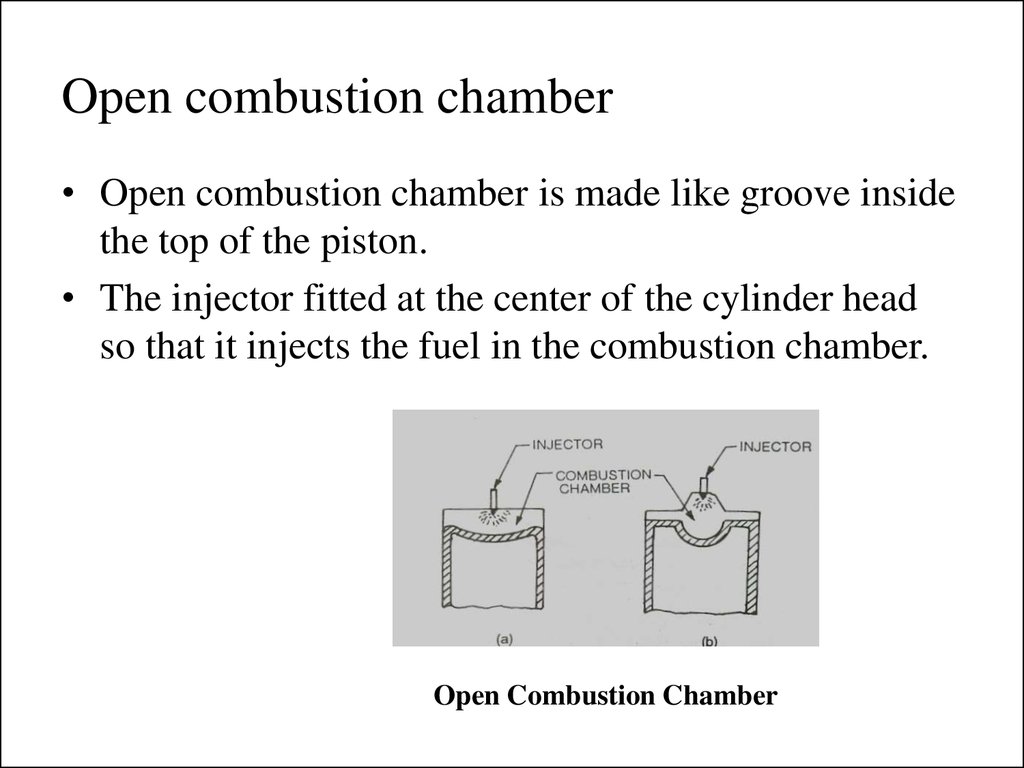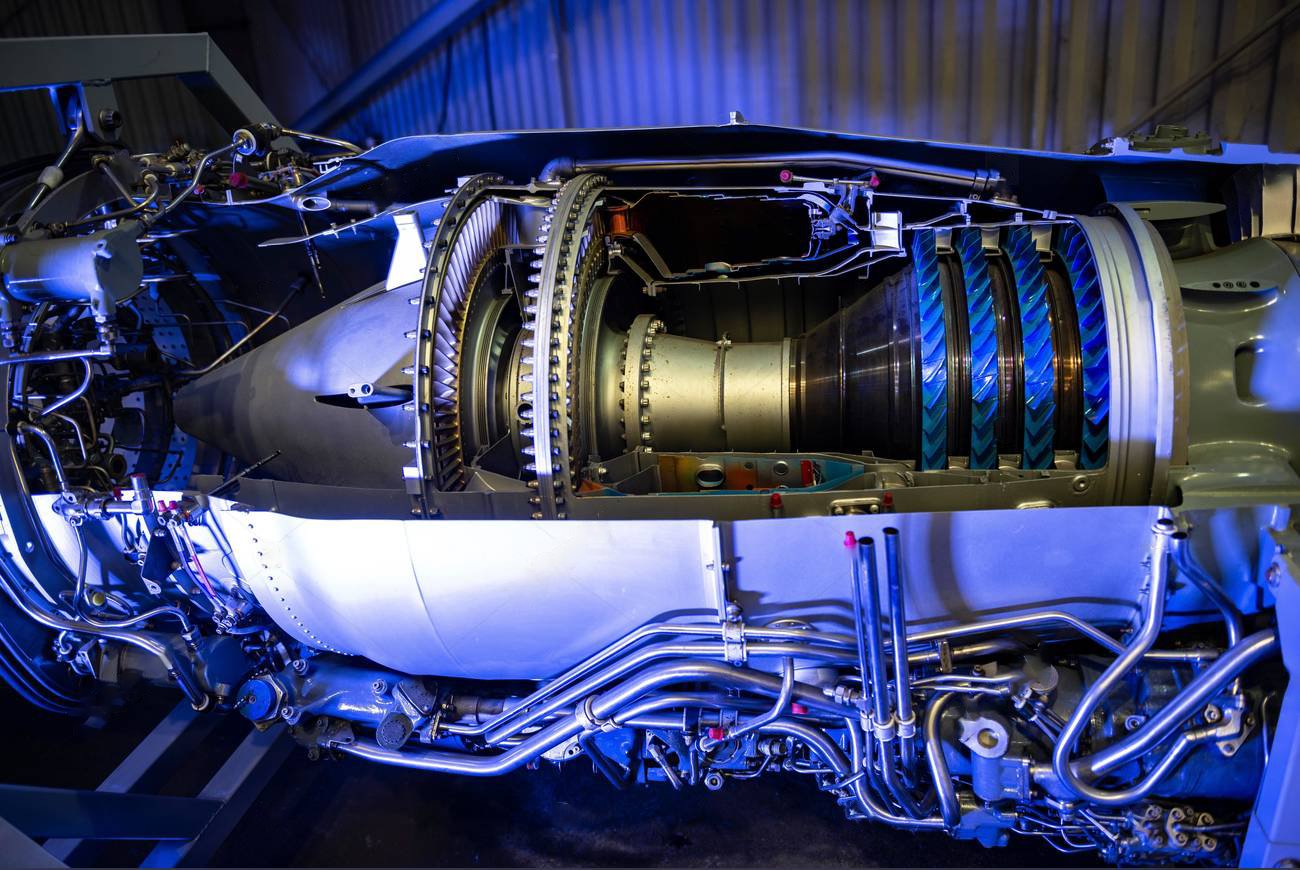

Therefore, it becomes imperative that a crankcase ventilation system be used. Excessive crankcase pressure can furthermore lead to engine oil leaks past the crankshaft seals and other engine seals and gaskets. These blow-by gases, if not ventilated, inevitably condense and combine with the oil vapor present in the crankcase, forming oil sludge or causing the oil to become diluted with unburned fuel. Two-stroke engines with a crankcase compression design do not need a crankcase ventilation system, because normal operation of the engine involves sending the crankcase gases to the combustion chamber.īlow-by, as it is often called, is the result of combustion material from the combustion chamber "blowing" past the piston rings and into the crankcase.

Positive crankcase ventilation (PCV) systems- first used in the Second World War and present on most modern engines- send the crankcase gases back to the combustion chamber, as part of the vehicle emissions control, in order to reduce air pollution. The first specific crankcase ventilation system was the 'road draught tube', which used a partial vacuum to draw the gases through a tube and release them to the atmosphere. Early engines released these gases to the atmosphere simply by leaking them through the crankcase seals. The unwanted gases, called "blow-by", are gases from the combustion chamber which have leaked past the piston rings. The system usually consists of a tube, a one-way valve and a vacuum source (such as the inlet manifold). System to relieve pressure in a combustion engine's crankcase PCV valve on Ford Taunus V4 engine (feeding from left side valve cover into the inlet manifold)Ī crankcase ventilation system removes unwanted gases from the crankcase of an internal combustion engine.


 0 kommentar(er)
0 kommentar(er)
